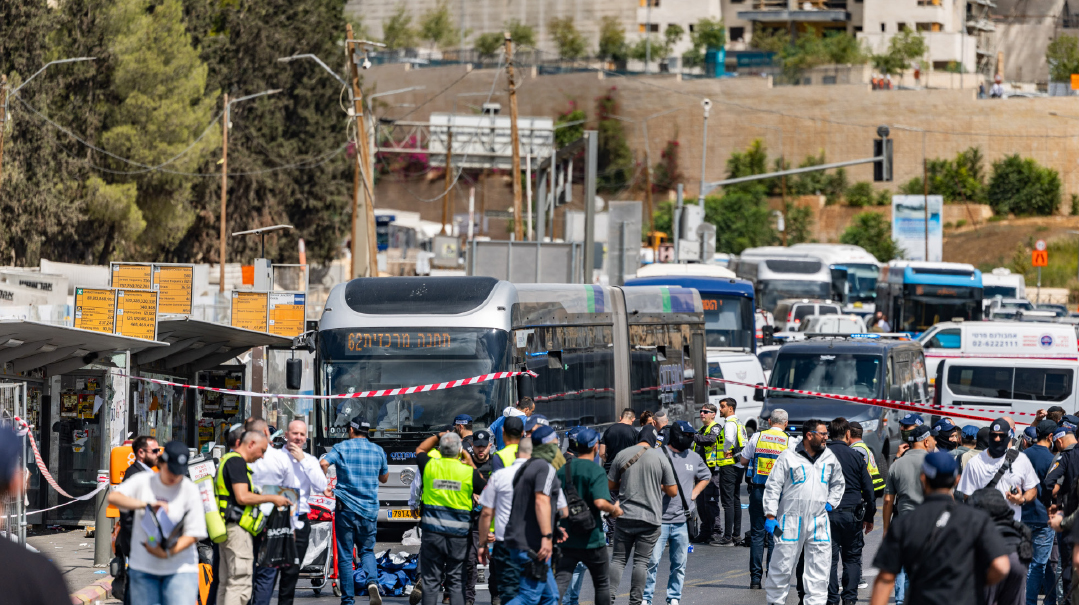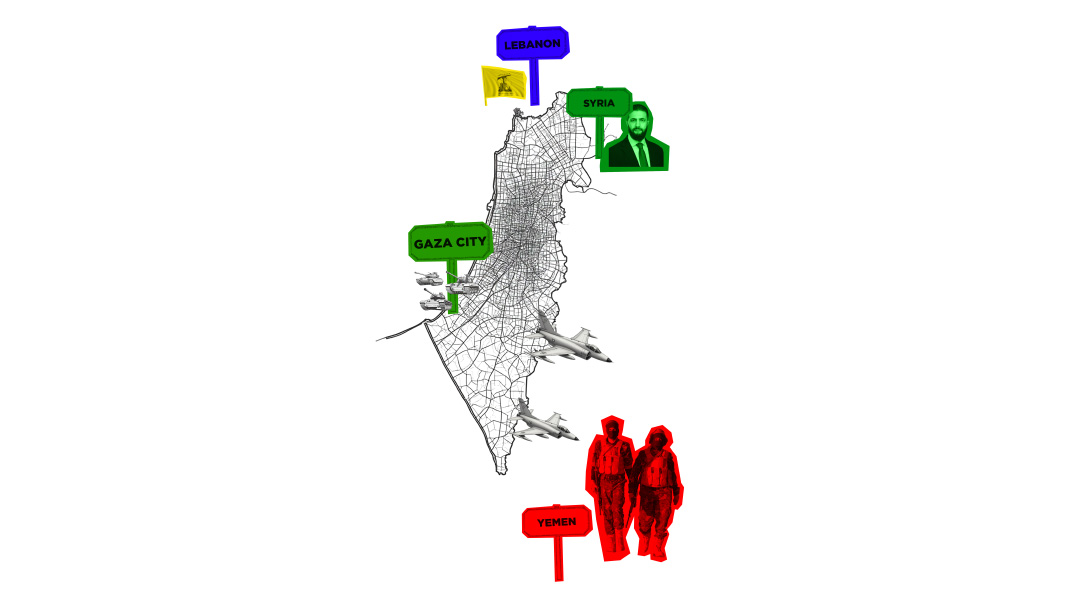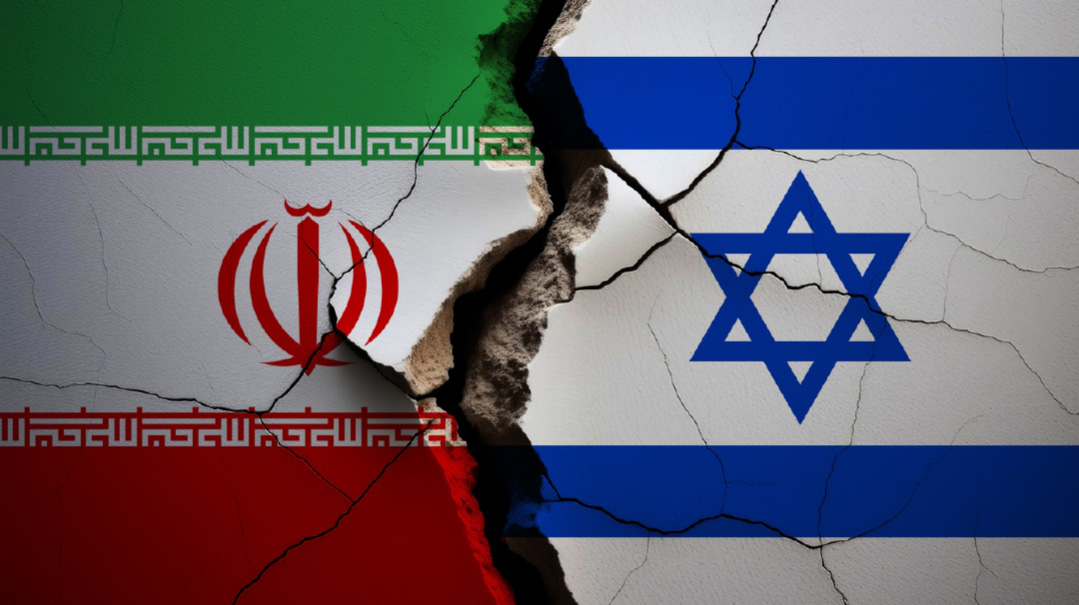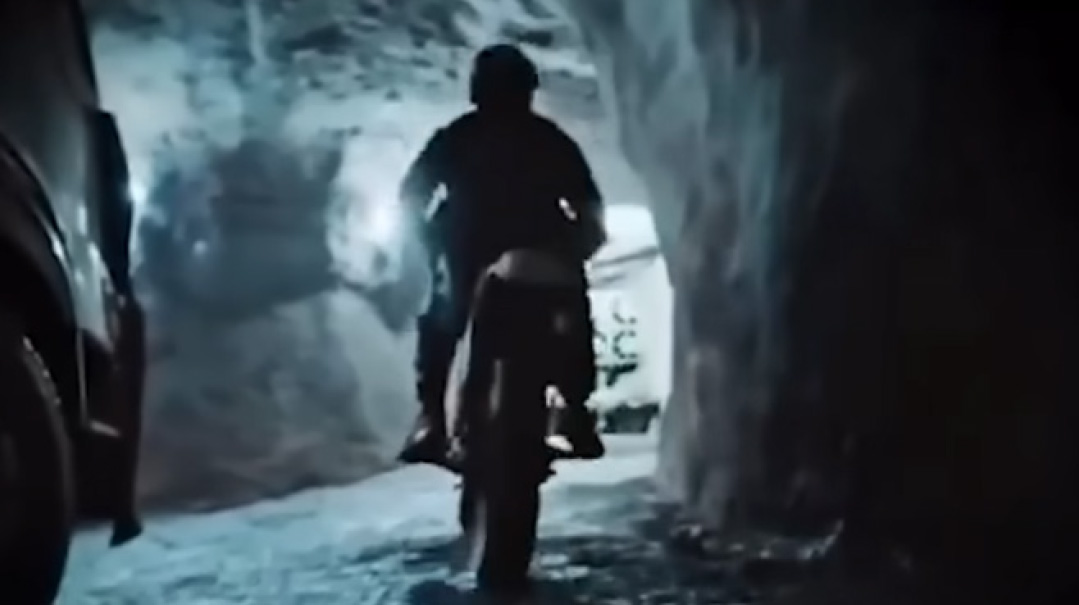Deif Wish
| July 16, 2024For decades, Hamas mastermind Mohammed Deif evaded pursuit. Did an airstrike last week end his reign of evil?
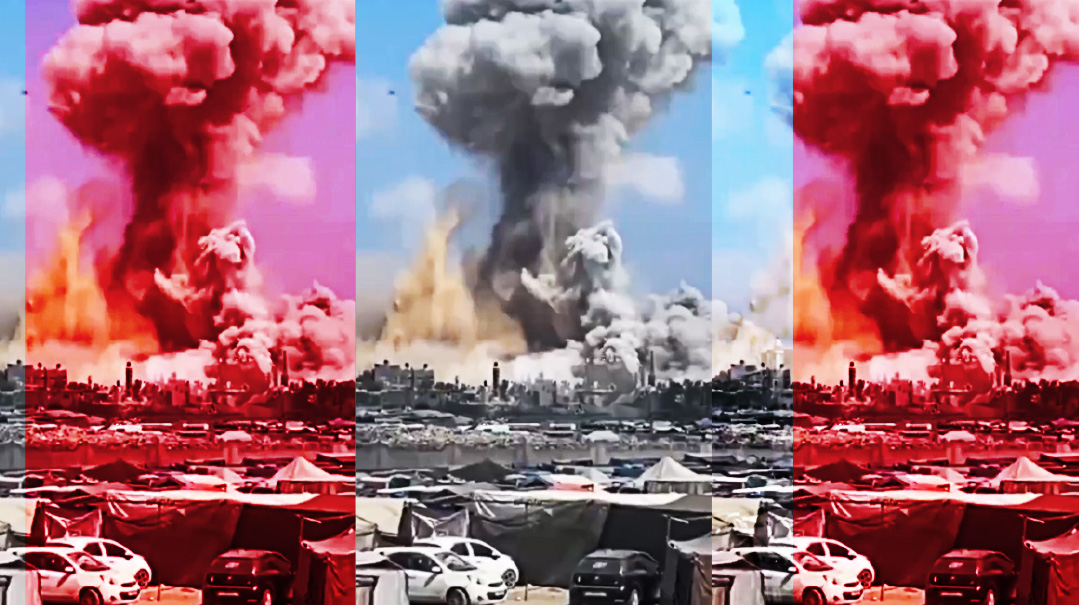
Hunted by Israel’s security forces for decades, Hamas mastermind Mohammed Deif was a shadowy figure who was central to the terror group’s operations. Targeted in a massive airstrike last week, his probable removal ratchets up the pressure on Gaza’s overlords
Around midnight on Friday night, Defense Minister Yoav Gallant, Chief of Staff Herzi Halevi, and Shin Bet head Ronen Bar convened for a special meeting. A few hours earlier, the Shin Bet and Military Intelligence had received valuable information about the whereabouts of one of the most wanted men in Gaza, Hamas chief of staff Mohammed Deif.
The defense minister’s orders were simple: Eliminate Deif, with as many bombs and munitions as it takes. After eight failed assassination attempts, this time it seemed they would finally get it right. Due to his proximity to a refugee camp deep in the humanitarian zone, the IDF and Shin Bet estimated that the collateral damage could amount to dozens of casualties, but the decision was made to go ahead. The prize would be well worth the cost.
On Shabbos morning, the signal was given and several tons of bunker-busting bombs were rained on the site, destroying everything within a radius of several dozen meters from his location. There was only one goal: to ensure that this time he wouldn’t escape.
Live by the Sword
Mohammed Diab Ibrahim al-Masri, a.k.a. Abu Khaled, better known as Mohammed Deif, was born in the mid-1960s in the Khan Yunis refugee camp in the Gaza Strip. After joining the Muslim Brotherhood as a teenager, he joined Hamas’s military wing and at 24 was arrested for the first time, sentenced to 16 months.
After his release, he joined the ranks of the Izz a-Din al-Qassam Brigades, describing himself as a “student” of terrorist Yahya Ayyash (“the engineer”), head of the al-Qassem Brigades in Judea and Samaria. A year after joining the organization, Deif commanded the squad that kidnapped and murdered the soldier Alon Caravani Hy”d.
Deif, known for extraordinary cruelty toward his own people, rose rapidly through the ranks of the terrorist organization. After the assassination of Emad Akel in November 1993, he was appointed commander of the organization’s military wing in the Gaza Strip and began a campaign of murderous terrorism the likes of which the region had never known. Less than a year after his appointment, he carried out the abduction and murder of soldiers Nachshon Waxman, Aryeh Frankenthal, and Shachar Simani.
After the assassination of his mentor, terrorist Yahya Ayyash, Deif masterminded the Dizengoff Center and Jaffa Road bus bombings in retaliation, murdering 58 Israelis in one week. Israel launched a manhunt and Deif fled to Egypt. Two years later, he returned to the Gaza Strip to plan additional attacks, some of which were successful, and he was imprisoned by the PA apparatus for almost two years. He was released at the outbreak of the Second Intifada, returned to the ranks of Hamas, and was appointed deputy to Salah Shehadeh, commander of the Al-Qassem Brigades in the Gaza Strip, who was assassinated less than a year later. After Shehadeh’s assassination, Deif got his old job back, a position he held until the IDF operation last Shabbos.
The defense establishment estimates that more than 1,000 Israelis were murdered in terrorist attacks carried out under Deif’s direct command and oversight, in addition to those killed in the current war.
“Deif was known for acting independently,” explains Lt. Col. D., a senior official in the Palestinian arena who’s been following Deif for years. “In a way, he’s very similar to Sinwar. They both have a radical agenda that’s sometimes more extreme than others’, and they’ll do anything to realize it. They don’t care about politics, they don’t care what the organization’s political arm will say, they live by the sword.”
Adding to His Aura
Israel has been hunting for him almost since the start of his career. The first time he was almost eliminated was only a few years after he joined Hamas. In 1998, Deif and several other terrorists were ambushed by the Nahal Brigade while trying to cross the Philadelphi Route, but he managed to escape.
Four years later, an Israeli Air Force Apache helicopter fired two Hellfire missiles at Deif’s car as he was returning from a condolence call in the Sheikh Radwan neighborhood of the Gaza Strip. Deif was injured and lost an eye in the incident, but survived. A year later, his house was targeted as he hosted senior Hamas figures including Ahmed Yassin and Ismail Haniyeh, but all three survived.
Two years later, intelligence was received regarding his location in the Strip. The site was attacked from the air and Deif was seriously wounded. For almost 18 years, Israel was certain that Deif had lost his arms and legs in the strike, until footage was found of Deif walking and using both hands in December 2023. Following his injury, he fled to Egypt and kept a low profile for almost six years, during which Ahmed Jabari took over the reins as Hamas chief of staff until his assassination during the 2012 Operation Pillar of Defense.
After Jabari’s assassination, Mohammed Deif returned to action. During the 2014 Operation Protective Edge, his home was bombed and his wife and son were killed, but Deif himself wasn’t there. A few months later, intelligence placed him in the home of a Hamas operative in the Strip. The Israeli Air Force fired tons of munitions at the site, killing one of his wives, son and daughter. Israeli intelligence assessed at the time that Deif had been killed in the attack, but less than a year later, then-IDF Chief of Staff Benny Gantz reversed that assessment.
During the 2021 Operation Guardian of the Walls, Deif played a significant role in the incitement, releasing recorded messages calling on Israeli Arabs to rise up. During the two weeks of the operation, the Air Force tried twice to eliminate him, again without success.
“The assassination attempts only added to his aura,” explains Lt. Col. D. “On the Gazan street, he was seen as the messenger of the Prophet, no less. And the fact that he never appeared in public, and everyone, including most Hamas operatives in the Gaza Strip, thought he’d lost his arms and legs and was confined to a wheelchair, only earned him additional points. I remember that during one interrogation, a terrorist said to me: ‘Mohammed Deif beats you without arms or legs.’ That’s how they saw him.”
In retrospect, the intelligence community quietly admits, the faulty intelligence about his condition helped Deif escape. “We were looking everywhere for a disabled man in a wheelchair, while he was actually running around on his own two feet. So yeah, we know that one of his legs was injured and potentially amputated, but he could get around on foot.”
Heavy Hail
Israeli intelligence believes Deif escaped to the southern Gaza Strip before the start of Operation Iron Swords and spent most of his time in the tunnels of Rafah and Khan Yunis, managing to stay one step ahead of the IDF as the operation progressed. Following recent developments in the cease-fire negotiations, Deif felt ready to emerge from the tunnels. Last Friday, intelligence placed him at the above-ground compound of the Salameh family, where he arrived for a meeting with the commander of the Khan Yunis brigade Rafa’a Salameh, who had also avoided the compound since the start of the war for fear of being assassinated.
The military censor has approved for publication that the intelligence about the pair’s location was obtained from several different sources, including HUMINT (human intelligence). The intelligence indicated both the location of the two men and the fact that they planned to stay there only briefly. Air Force drones covered the area from above to make sure no one left before the attack.
As soon as the signal was given, IAF planes dropped eight JDAM bombs (known by its Israeli name — barad kaved, “heavy hail”) designed to penetrate bunkers, and rescue teams trying to help the injured terrorists were also attacked. Hamas quickly announced that Deif had survived the attack, but Israeli intelligence assesses that he may have been eliminated.
Hamas confirmed that Rafa’a Salameh, Rafah brigade commander, was eliminated, and the Palestinians claimed dozens of fatalities. Israel points to the fact that the targeted compound was used as a military base and most of the victims were likely engaged in direct terrorist activity.
If Deif is ascertained to be dead, the IDF hunt can now focus on the four senior commanders still remaining: Yahya Sinwar and his brother Muhammed; Gaza Brigade commander Haddad; and Rafah Brigade commander Shabana. Israel is promising to get to all them.
(Originally featured in Mishpacha, Issue 1020)
Oops! We could not locate your form.

